#cleopatra vii
Text
Not every lady is a warrior, and that's okay
Snow White isn't a warrior - she is a lady diplomat, and later ruler And that's okay
Cinderella isn't a warrior - she is a lady, artist, and later ruler, and that's okay
Aurora isn't a warrior - she is a lady, diplomat and later ruler. And that's okay
Jane Bennet isn't a warrior - she is a lady and artist. And that's okay
Meg March isn't a warrior - she is a homemaker, artist and lady. And that's okay
Hurrem Sultan isn't a warrior - she is a lady, diplomat, ruler and strategist. And that's okay
Lucrezia Borgia isn't a warrior - she is a lady, cultural patron and diplomat. And that's okay
Maid Marian isn't a warrior - she is a lady, cultural patron and diplomat. And that's okay
Cleopatra VII isn't really a warrior - she is a lady, alchemist and ruler. And that's okay
Scheherazade isn't really a warrior - she is a lady, storyteller, ruler and diplomat. And that's okay
Laura Vlahos ( Clint Barton's wife ) isn't a warrior - she is a medic. And that's okay
Cosette isn't a warrior - she is a lady and artist. And that's okay
Queen Guinevere isn't really a warrior - she is a lady, strategist, cultural patron and ruler. And that's okay
Millie ( 7 Brides ) isn't a warrior - she is a homemaker and agriculturalist. And that's okay.
Christine Daae isn't a warrior - she is a performing artist and lady. And that's okay
Duchess ( Aristocats ) isn't a warrior - she is a lady, socialite and musician. And that's okay
Lady Jocelyn ( A Knight's Tale ) isn't a warrior - she is a lady and diplomat. And that's okay
Padme Amidala isn't really a warrior - she is a lady, ruler, diplomat and politician. And that's okay.
A lady can be impressive even without swinging a weapon
#a lady can be impressive without swinging a weapon#not everyone is a warrior AND THATS OKAY#cleopatra vii#hurrem sultan#christine daae#cosette#jane bennet#meg march#snow white#cinderella#aurora#maid marian#silk hiding steel#scheherazade#queen guinevere#lady jocelyn#a knights tale#padme amidala#star wars#poto#les mis
142 notes
·
View notes
Text
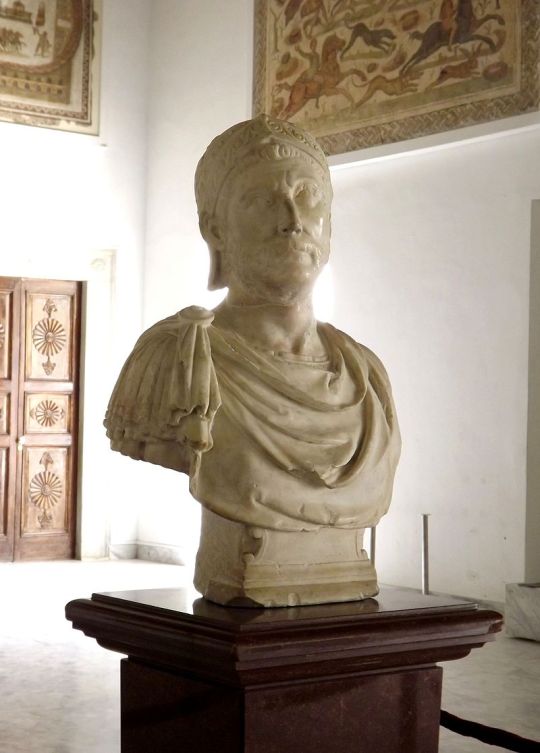

“For Rome, who had never condescended to fear any nation or people, did in her time fear two human beings; one was Hannibal, and the other was a woman.”
135 notes
·
View notes
Text


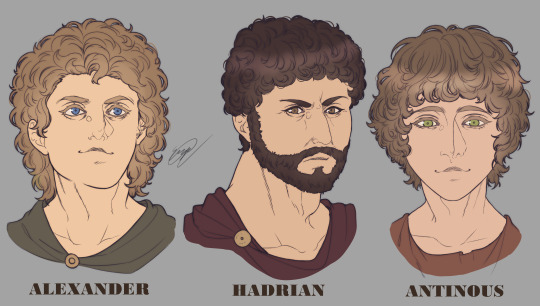
(Full view plz)
Some historical characters that will be making an appearance in the webcomic I'm developing!
#webcomic#ancient history#ramesses ii#hatshepsut#amasis#mark antony#cleopatra vii#octavian#augustus#alexander the great#hadrian#antinous#ancient egypt#ancient rome#ancient greece#roman egypt#hellenistic egypt#imperial rome#hellenistic period#republican rome#ptolemaic egypt#shmswart#thefollowersart
82 notes
·
View notes
Text

Statue (dolomitic limestone) of a Ptolemaic queen bearing a "Cleopatra" cartouche, perhaps representing Cleopatra VII (r. 51-30 BCE). Now in the Metropolitan Museum of Art.
#classics#tagamemnon#ancient history#Hellenistic period#Egypt#Ancient Egypt#Ptolemaic Egypt#Hellenistic Egypt#Cleopatra#Cleopatra VII#art#art history#ancient art#Egyptian art#Ancient Egyptian art#Hellenistic art#Greco-Egyptian art#Ptolemaic art#sculpture#portrait sculpture#statue#limestone#stonework#carving#cartouche#Metropolitan Museum of Art
167 notes
·
View notes
Text
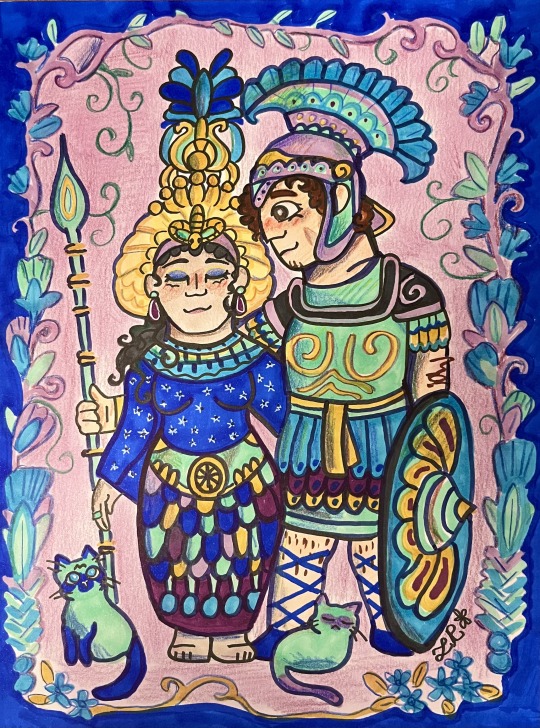

This is an artwork I did for @historical-kitten!
I redrew this design from a vintage 70’s print of “Antony and Cleopatra”. I’ve replaced the three cats with Historical Kitten’s two REAL little buddies!
#night at the museum#kingdoms jedtavius#cleopatra#marcus antonius#mark antony#cleopatra vii#history#illustration#my art#art#illustrator
40 notes
·
View notes
Photo

Thought about what Cleopatra Alter would possibly be like, and this was the first thing that popped into my fucking head
#cleopatra#cleopatra fgo#Cleopatra VII#Fgo#fate grand order#tw kys joke#cw kys#all three are her#fan servant
313 notes
·
View notes
Photo
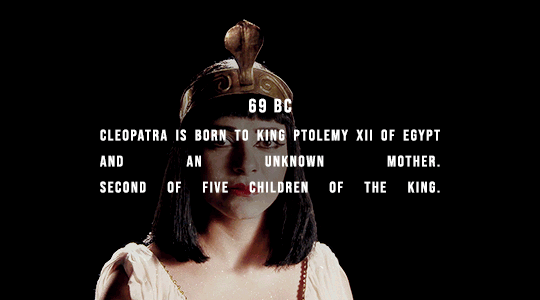

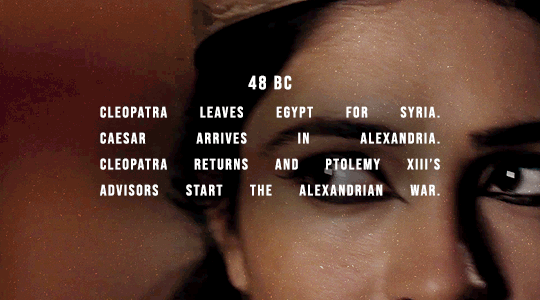

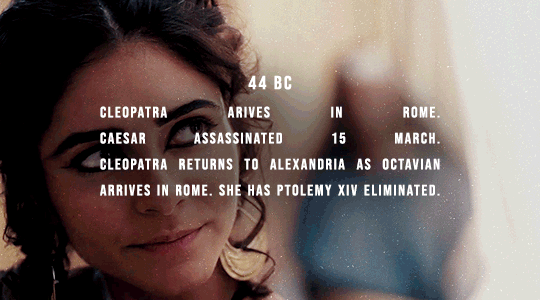



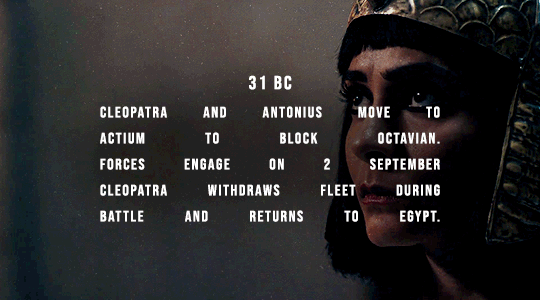

— Events in the life of CLEOPATRA VII —
Text Source — Cleopatra: A Biography by Duane W. Roller (2011)
Video Source — Women Who Made History: Cleopatra (S1E4) (2013)
#egypt#ancient egypt#egyptology#archaeology#historyedit#mine#my edit#cleopatra vii#ptolemaic period#doc: women who made history#2013#caesar#antonius
478 notes
·
View notes
Text
Antony and Cleopatra
By Jose-Maria de Heredia

Together from the terrace they could see
Egypt bed down beneath a sultry sky;
through the black delta, fatly, massively,
to Saïs or Bubastis, Nile rolled by.
The Roman felt beneath his thick cuirass —
Like captive soldier stilling infant's cry —
On his triumphant bosom swooning lie
Toward him made mad by perfume's conquering charms,
Her form voluptuous in his close embrace.
Turning her pallid head between his arms
Toward him made mad by perfume's conquering charms,
She raised her mouth and crystalline, fond eye;
And o'er her bent, the prince did behold
In her great orbs, starry with dots of gold,
Only a boundless sea where galleys fly.
#mark antony#marc antony#marcus antonius#cleopatra#cleopatra vii#antony and cleopatra#ancient egypt#ancient rome#poetry#poem#short poetry#lovers#love poem#love
66 notes
·
View notes
Text

CLEOPATRA MAKING OFFERINGS TO ISIS
This limestone stele was dedicated to Cleopatra VII Philopator on 2 July 51 BCE by Onnophris, the Greek "president of the association of Isis Snonais."
This association of temples was placed under the protection of a form of the goddess Isis worshiped in Faiyum (Al-Fayyum).
The stele follows the usual conventions: a winged disk surmounts a ritual scene in the upper section, in which the sovereign faces the goddess across an offering table; a dedication is inscribed in the lower section.
Cleopatra is represented as a traditional male pharaoh, wearing the double crown of Upper and Lower Egypt, and a triangular loincloth.
Two vases are offered to the goddess Isis, who nurses her baby, Horus. The Egyptians had continued to depict their Greek Kings and Queens according to the prescribed Pharaonic models.
The relief's composition and iconography are purely Egyptian, but the text is written in Greek, the language of the conquerors.
On close observation, it appears that the stele has been re-engraved. The thin, straight lines around the edge, drawn to facilitate the correct alignment of the signs, do not coincide with those in the recessed areas containing the inscription. In addition, partially erased signs are still visible on the right edge.
The stele is dated year 1, the first day of the month "epiphi," which Greek scholars translate as 2 July 51 BCE. It was initially erected in honor of one of the Ptolemies, in all likelihood Cleopatra's father, and was re-worked following her accession.
The Greek text is as follows :
ὑπὲρ βασιλίσσης
Κλεοπάτρας θε-
ᾶς Φιλοπάτωρ τό-
πος Σνοναιτια-
κῆς συνόδου
ὧν συναγογὸς
Ὀννῶφρις λεσώνης
(ἔτους) αʹ, Ἐπὶφ αʹ.
136 notes
·
View notes
Text
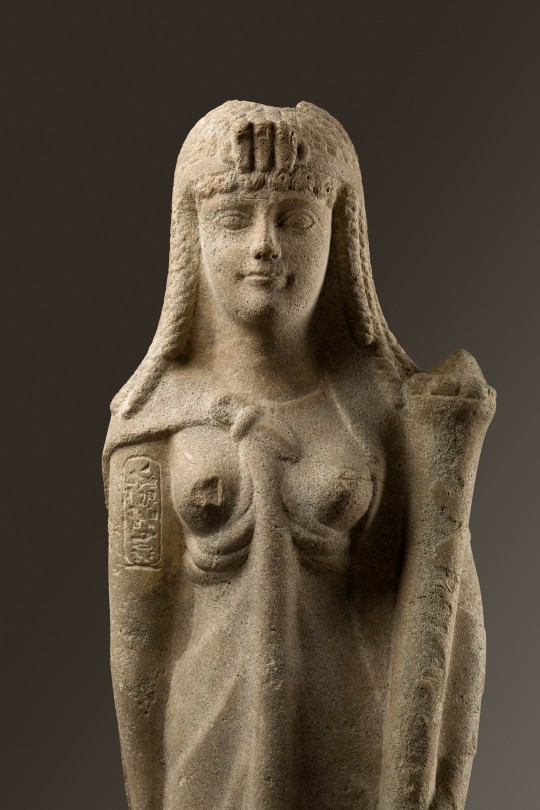
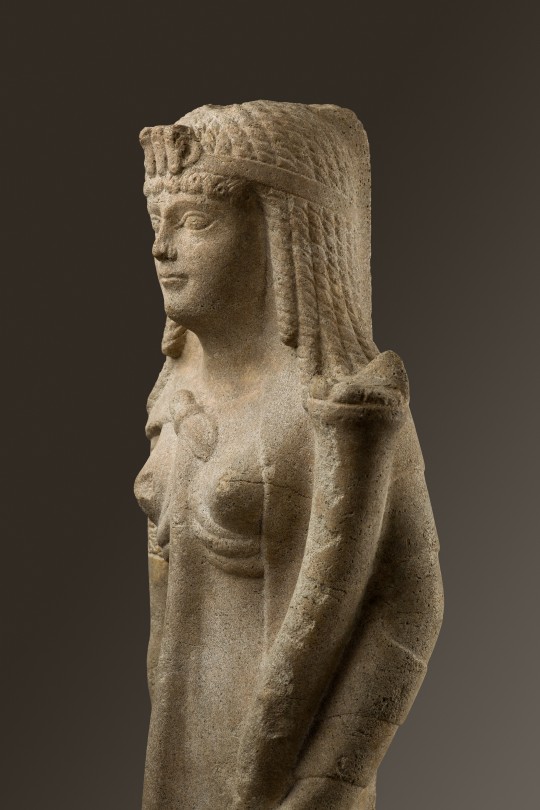
Ptolemaic Queen, perhaps Cleopatra VII, Ptolemaic Period, Egypt, c. 200–30 B.C.
Met Museum. 89.2.660
43 notes
·
View notes
Text
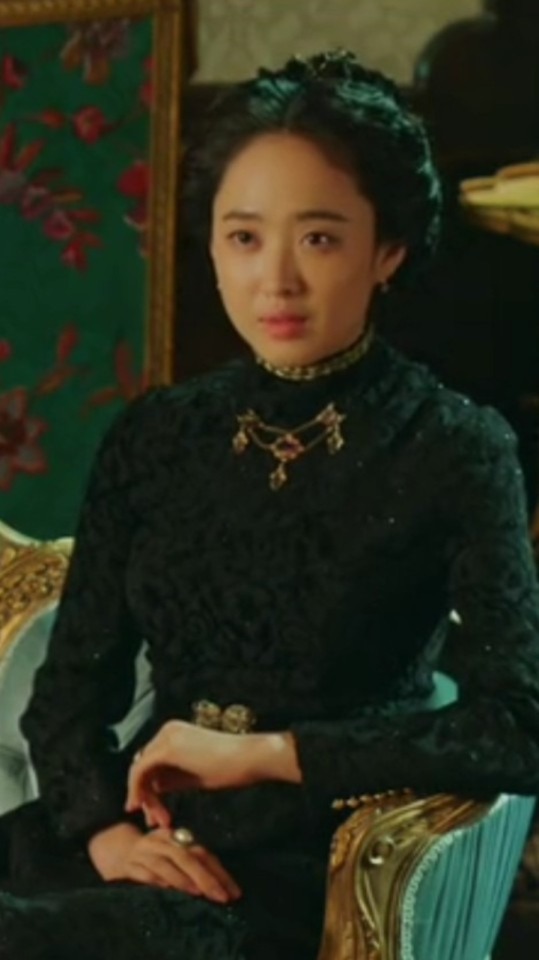

Period dramas dresses tournament: Black dresses Round 3- Group A: Kudo Hina, Mr. Sunshine (gifset) vs Cleopatra VII, Cleopatra (full dress in the 5th pic of this pics set)
#period drama dresses tournament#tournament poll#tumblr tournament#polls#fashion poll#kudo hina#mr sunshine#mr. sunshine#cleopatra#cleopatra vii#cleopatra 1934#black r3
27 notes
·
View notes
Text
Clone High as Tarot Cards
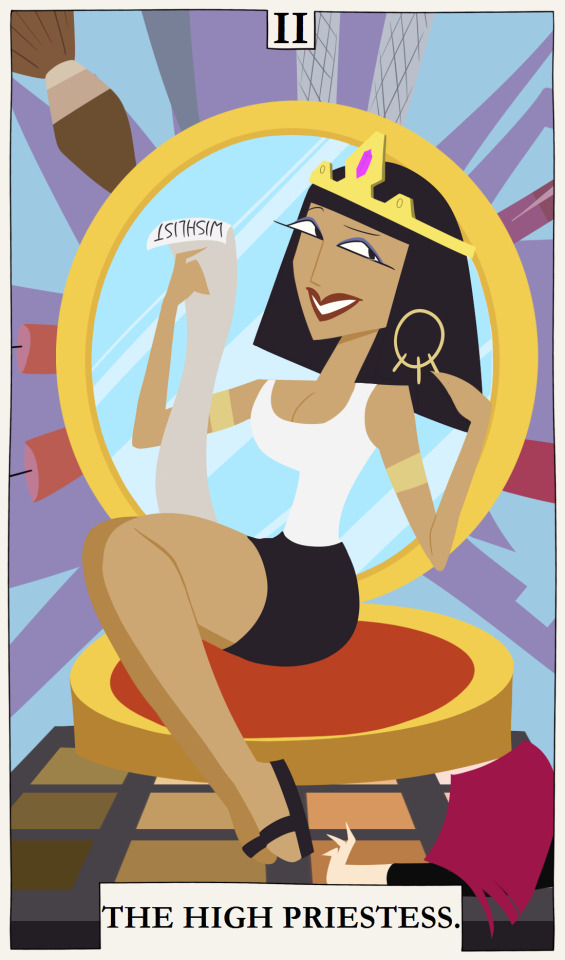

Today: Cleopatra as The High Priestess & Strenght
"Good thing she comes from a family of priests and there's a lion head goddess!"
#clone high#ch cleopatra#ch cleo#cleopatra#cleopatre#cleopatra vii#egypt#tarot cards#tarot#major arcana#tarot the high priestess#tarot strenght#also joan is there cause moon xd#but she dont matter lol B)
23 notes
·
View notes
Text

On this day in history, August 12th, two thousand and fifty three years ago, Cleopatra VII, the last active ruler of Ancient Egypt, committed suicide.
Eleven days previously, her husband Marc Antony had already done the same. The couple had been engaged in a civil war against Octavian, the great nephew of Julius Caesar who had been declared his legal heir. During the final battle in Alexandria, Antony suffered serious desertions among his troops and lost the fight. Upon his return, he falsely heard Cleopatra had killed herself and fell on his sword.
After Antony’s death, Octavian arrived in Egypt and effectively took Cleopatra and her children by Antony prisoner. She had sent her eldest son Caesarion, her only living child with Caesar, away for his own safety. She knew that Octavian planned for her to march in chains behind his chariot during his triumph parade, and would very likely have her killed afterwards. Rather than suffer such humiliations and indignity, she chose to take her own life.
Popular history and mythology leads us to believe that she was killed by inducing an asp to bite her, after having locked herself in her mausoleum with her two handmaidens. However, many modern scholars believe that she instead took a mixture of poisons, since the venom of an asp does not cause a quick or painless death. Octavian and his men found her too late to do anything, Cleopatra was already dead and one handmaiden, Iras, was nearly dead on the floor. The second, Charmian, was straightening the Queen’s diadem. According to legend, one of the men asked if this was well done of her mistress, and she shot back “Very well done, as befitting the descendant of so many noble Kings,“ before collapsing and dying herself.
Upon her death, Octavian honoured Cleopatra’s wish to be buried in her mausoleum at Antony’s side. He took her children with Antony, the twins Cleopatra Selene and Alexander Helios, along with their younger brother, Ptolemy Philadelphus, to Rome with him as prisoners of sorts. They were fated to march in his triumph parade in their mother’s place, the chains so heavy they could hardly walk. After this they were given to Octavian’s sister Octavia, who had been Antony’s third wife, to look after.
Cleopatra’s son with Caesar, Caesarion, was nominally sole ruler of Egypt after his mother’s death. Eleven days after her suicide, he was found after being lured back to Alxeandria under false pretenses of being allowed to rule in his mother’s place. Octavian ordered his murder, on advice that “Two Caesar were too many.”
With Cleopatra’s death, and Caesarion’s subsequent murder, the rule of the Ptolemaic Dynasty came to an end and Egypt became a mere Roman Province.
74 notes
·
View notes
Text
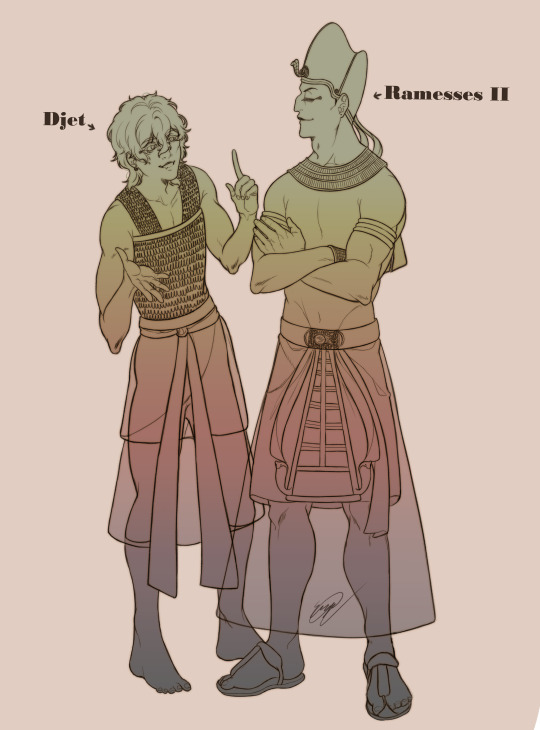









My webcomic characters ft. the historical characters they were close to!
#webcomic#ancient history#ancient egypt#amasis#ramesses ii#ptolemaic egypt#ancient rome#republican rome#cleopatra#mark antony#pharaonic egypt#ptolemy philadelphus#imperial rome#cleopatra selene ii#alexander helios#cleopatra vii#ptolemy xv#caesarion#the gracchi#tiberius sempronius gracchus#gaius sempronius gracchus#cornelia#hadrian#antinous#djet#khawy#iaret/chloe#sempronia#lucius#the followers of the divine snake
28 notes
·
View notes
Text


Cleopatra 2024
#cleopatra 2024#gal gadot#cleopatra vii#cleopatra thea filopator#ancient egypt#ancient rome#queen of queens
53 notes
·
View notes
Text

Hans Makart, The Death of Cleopatra, 1875.
Liechtenstein, The Princely Collection
Hans Makart was a 19th-century Austrian academic history painter, designer, and decorator. He is best known for his influence on Gustav Klimt and other Austrian artists, but in his own era he was considered an important artist himself and a celebrity figure in the high culture of Vienna and attended with almost cult-like adulation.
Makart was the son of a chamberlain at the Mirabell Palace in Salzburg, Austria, born in the former residence of the prince-archbishops of Salzburg, the city in which Mozart had been born. Initially, he received his training in painting at the Vienna Academy between 1850 and 1851 from Johann Fischbach. While in the Academy, German art was under the rule of a classicism, which was entirely intellectual and academic—clear and precise drawing, sculpturesque modelling, and pictorial erudition were esteemed above all. Makart, who was a poor draughtsman, but who had a passionate and sensual love of color, was impatient to escape the routine of art school drawing. For his fortune, he was found by his instructors to be devoid of all talent and forced to leave the Vienna Academy.
#hans makart#painting#cleopatra#1875#the death of cleopatra#death#makart#snake#art#Liechtenstein#The Princely Collection#history painting#history#cleopatra vii#Orientalist painters#art history#history painter#austrian#austrian art#snake bite#snake bites#Mirabell palace#1870s#1870s art#1870s paintings#1875 painting#inspo jewellry#inspiration
18 notes
·
View notes